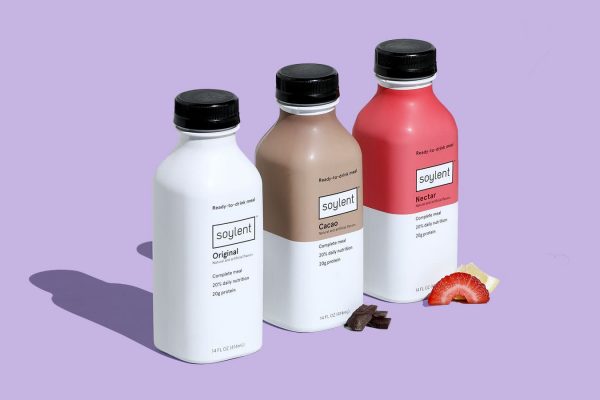How To
How to get to know your customers?
 If you wonder why you would even care to get to know your audience, my answer to you is an entire post from earlier this week (have a look if you have not done that yet). Now, since we have the why part covered, shall we talk about how to gather the information you need?
If you wonder why you would even care to get to know your audience, my answer to you is an entire post from earlier this week (have a look if you have not done that yet). Now, since we have the why part covered, shall we talk about how to gather the information you need?
There are many methods to get the necessary answers about your customers. I will not go deep into detail describing each of them but rather provide you with some guidelines what your options could be.
Your main goal here, by the way, whichever method or combination of them you choose, is to understand the reality your audience lives in and spot the problem that they face. Try to understand their struggles and how they were dealing with them until you came along. Dig even deeper to get to know how your customers make buying decisions, what influences and encourages them to choose one thing over another.
Identify your target audience
Each market is segmented and different audiences need different things, so make sure you understand who your actual target is. What you need to do here is to create a profile of your ideal customer, such that would bring the most benefit to your business (because you are likely to bring the most benefit to them of all others).
One way to get done with this is to write down the problems your product solves. When you have the list, think of all the groups of people that face one or some of those problems. Then make your choice considering which of the groups is the biggest, which of them faces the problem more often, which of them is more likely to constantly purchase your product etc.
This will not be a very precise profile yet, however you will be building up on it making the rest of the steps listed hereafter.
Analyze the available sources
For the starters you could dig into various market reports that are already available online (at a cost or free of charge). This will get you an idea about things you need to consider as well as it will help you understand the major trends.
Checking some statistical databases in your target area is also a good way to get some valuable socio-demographic information. This will help you get an idea about the age groups and their distribution by gender, income, education, culture, health issues and other criteria that you might be interested in.
There are also a number of online databases and tools, such as Google Trends, Social Bakers and Mention to name a few, that provide some great insights about the audience and trends on the market.
Monitor the data you already have at hand
If you have been working in the beverage business for some time already, make sure you collect all the data that you possibly can. And not only collect it but analyze what it tells you about your clients. There are many tools that you can use, Facebook Audience Insights and Google Analytics being just a few of the good (and free) tools to start with.
Go talk to your audience
When taking part in various events, presenting your product in supermarkets or elsewhere, use the opportunity to not just speak up but also listen to what your customers are saying. Simply observe how people are reacting to your product, what they are commenting, what questions they ask, how they perceive your product, what they like about it and what they do not etc.
Nowadays you can also engage in a conversation with your audience with the help of social media pretty easy. Read their comments, answer their questions and ask some of your own. Make sure you properly address and learn from criticism too.
Conduct an in-depth market research
If you want more specific answers, then a proper market research is an idea to consider. There are two major types of primary market research – qualitative and quantitative. The best case scenario is to have a qualitative research (that involves a lot of open-ended questions and encourages the respondents to share their thoughts) first and then based on its results prepare a questionnaire for the quantitative part. This requires quite a lot of time and resources, however the results are likely to be more reliable.
Supposedly you will not be able (nor willing) to do it on your own, so this would require a rather significant portion of your marketing budget. A way to save some funds on a quantitative research is by using, for instance, omnibus surveys. Since there are more entities submitting questions to the same survey, the costs are lower than doing a research on your own. Usually the payment is based on the type and quantity of questions submitted. Make sure the audience that is being questioned is the one you are interested in before taking part in such survey, though.
All in all, how deep you can dig obviously depends on your budget and other resources (time being among them). If you cannot invest in extensive market studies, spend some time analyzing at least what’s already available to you via publicly available sources or your internal databases.
You can also initiate some surveys yourself (e.g. via internet), just make sure each of the questions you include have a perfect reason to be asked. Think thoroughly in advance what you need to find out and why.
I hope this puts you on the right track. If you have questions, comments or ideas that you would like to share with us, do not hesitate to get in touch.
Original article was published in Beverage Industry Blog









